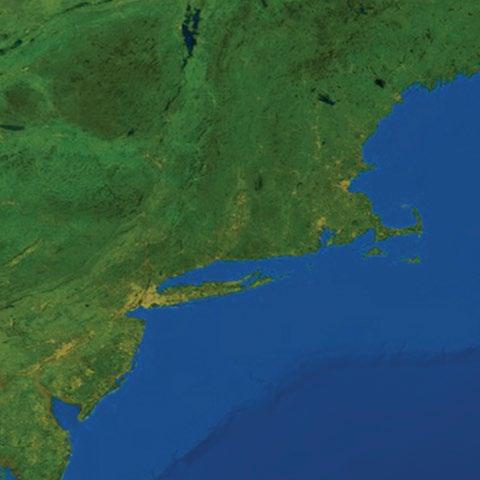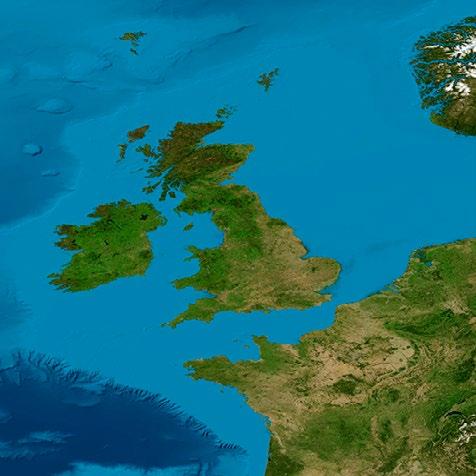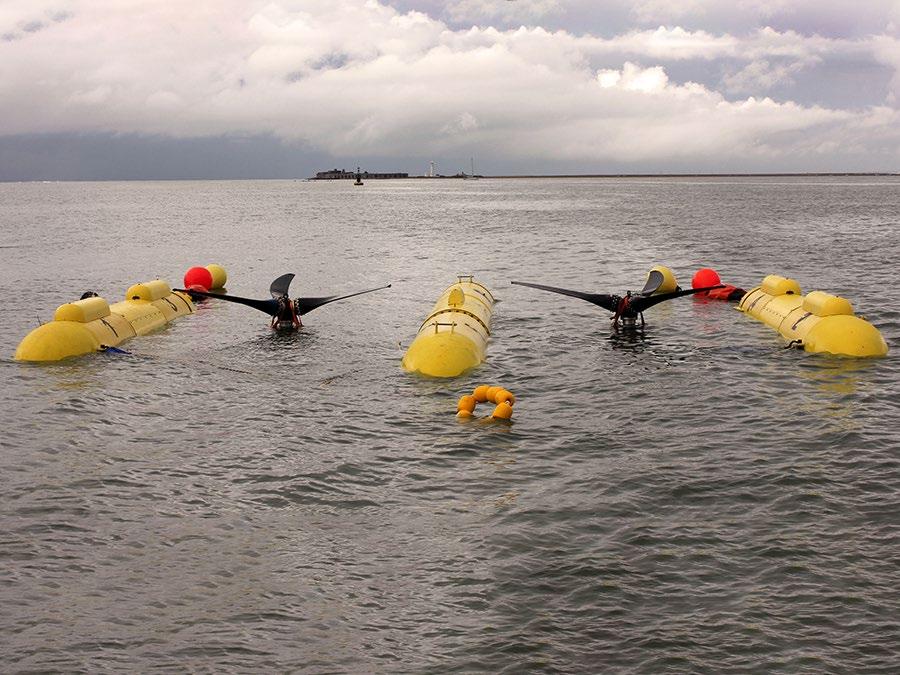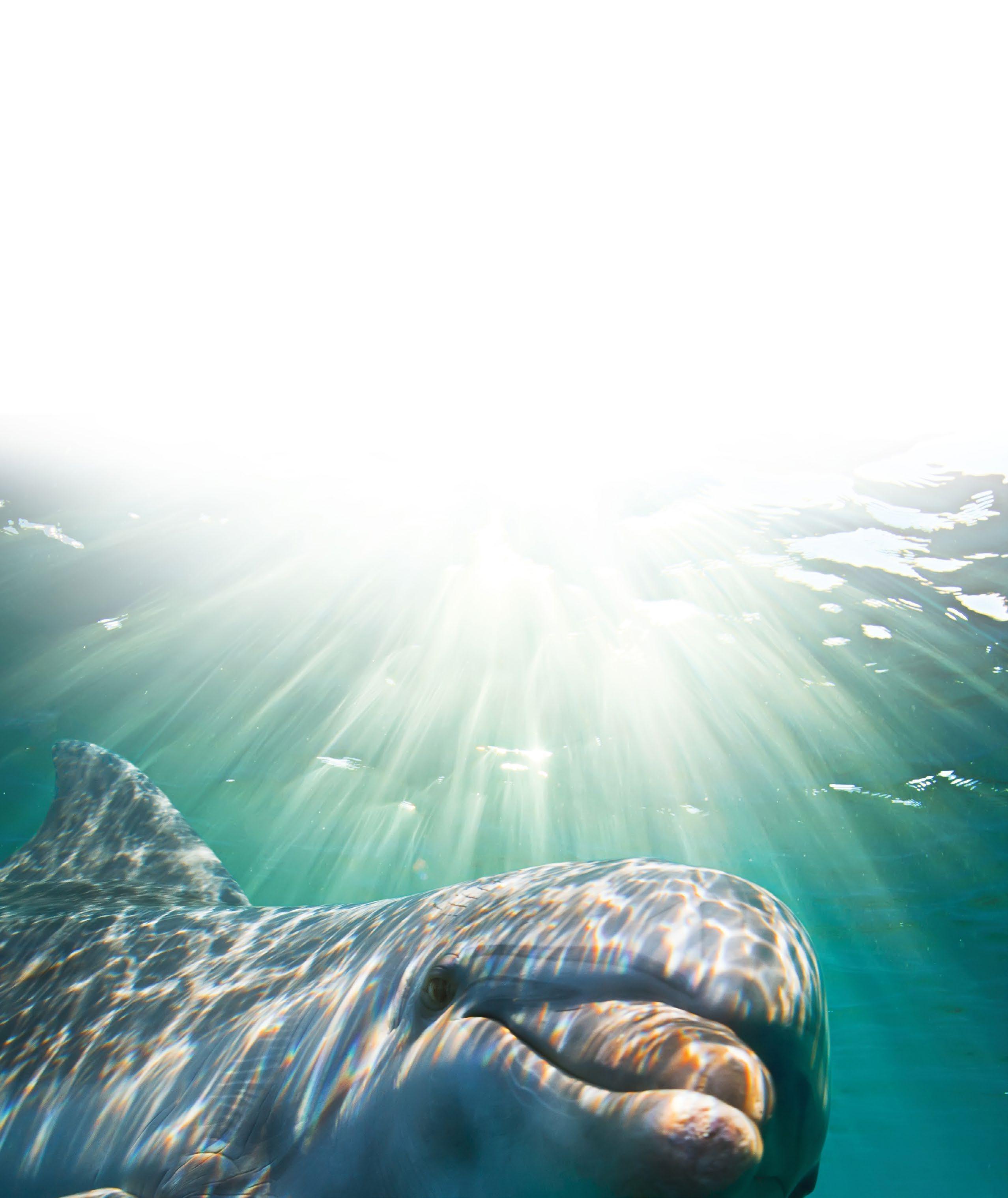
4 minute read
Changes in Habitat
Risk Retirement and Data Transferability
Risk Retirement
Risk retirement describes a means of simplifying consenting processes for single or small numbers of devices by focusing on key issues of concern. Based on available evidence, risk retirement helps to define risks that are unlikely to cause harm to marine animals or habitats and can be “retired” so that extensive investigations at every new MRE project are not needed. Instead, MRE developers and regulators can rely on what is known from already consented projects, from related research studies, or from analogous offshore industries. Risk retirement does not take the place of any existing regulatory processes, or replace the need for all data collection before and after MRE device deployment. When larger arrays of MRE devices are planned, or when new information comes to light, these “retired” risks may need to be reconsidered and new decisions made. The risk retirement pathway (Figure 2), developed by OES-Environmental, includes the following steps: 1. Determine if a likely/plausible risk exists for a particular project. 2. Determine whether sufficient data exist to demonstrate if a risk is significant. 3. Collect additional data, as needed, to determine whether a risk is significant. 4. Apply existing mitigation measures to determine whether a risk can be mitigated. 5. Test novel mitigation measures to determine whether the risk can be mitigated. Each step provides an opportunity for a potential risk to be retired.

For key stressor-receptor interactions, OES-Environmental has developed evidence bases (made up of key research papers and monitoring reports) that support risk retirement for small numbers of devices (1–4 devices). sets: a data transferability framework, a data collection consistency table, a monitoring datasets discoverability matrix, and best management practices. Applying this process can help project developers meet regulatory requirements and lower the costs of data collection by identifying available data for each stressor-receptor interaction.
North Atlantic Sea
Figure 2. Risk retirement pathway. Additional information available at https://tethys.pnnl.gov/risk-retirement.

Interaction
Collision Need more information.
Underwater noise Retired for small numbers of devices. May need to revisit as the industry scales up to arrays.
EMF Retired for small numbers of devices. May need to revisit as the industry scales up to arrays.
Habitat change Retired for small numbers of devices. May need to revisit as the industry scales up to arrays.
Oceanographic systems Retired for small numbers of devices. May need to revisit as the industry scales up to arrays.
Entanglement Need more information as the industry scales up to arrays.
Displacement Need more information as the industry scales up to arrays.
Readiness for risk retirement
Both the evidence bases and feedback from OES-Environmental international workshops on risk retirement have led to the following readiness levels for risk retirement
Data Transferability
An important component of risk retirement is the process of applying information and knowledge from already consented MRE projects, research studies, and analogous industries to inform consenting of new MRE projects—called data transferability. OES-Environmental has developed a data transferability process that comprises four components to help discover and compare existing data
MRE Case Study: Risk retirement from fish monitoring at the RITE Project
Verdant Power's TriFrame + 3 Turbines were installed at the Roosevelt Island Tidal Energy (RITE) project in New York, U.S., and several fish species were documented nearby, leading to concerns about potential collision risk. Atlantic sturgeon and striped bass were surveyed using acoustic telemetry to track individual fish movement. Data related to water flow and fish response to moving blade parts were collected extensively over two weeks. The fish responded differently depending on the species, location, environmental conditions, and device operation. Interaction models were developed to simulate the probability of encounter with the tidal devices. Based on the modeling and field results, the study concluded that there was little evidence of potential harm to fish species. These data allowed the RITE project to be approved for the deployment of devices with a limited suite of targeted environmental monitoring protocols. Following successful deployment and operation, the risk of potential harm to fish was retired for this project.
Canada United States
New York Atlantic Ocean

MRE Case Study: Data transferability for SME Plat-O #1 at EMEC
Sustainable Marine Energy (SME) deployed a tidal device in Yarmouth, England, where acoustic monitoring was used to assess the possible effects of anchor installation on marine mammals and basking sharks. SME used the information derived from this monitoring program to develop the environmental management plan for a tidal energy device deployment at EMEC’s Fall of Warness grid-connected tidal test site in Orkney, Scotland. The data collected in Yarmouth informed the EMEC deployment, alleviating the need for marine mammal observers or acoustic monitoring during system installation at EMEC. This significantly decreased the need for offshore personnel on site and reduced costs.
North Sea
Ireland
North Atlantic Sea
France Norway
United Kingdom

Additional Resources

Relevant Tethys pages u Home page: https://tethys.pnnl.gov/ u About OES-Environmental: https://tethys.pnnl.gov/about-oes-environmental u Risk retirement: https://tethys.pnnl.gov/risk-retirement
Information in this brochure was compiled from the following sources u OES-Environmental 2020 State of the Science report: https:// tethys.pnnl.gov/publications/state-of-the-science-2020 u Monitoring datasets discoverability matrix: https:// tethys.pnnl.gov/monitoring-datasets-discoverability-matrix u Knowledge base: https://tethys.pnnl.gov/knowledge-base-marine-energy u Additional references for each section can be found on the Tethys brochure page







